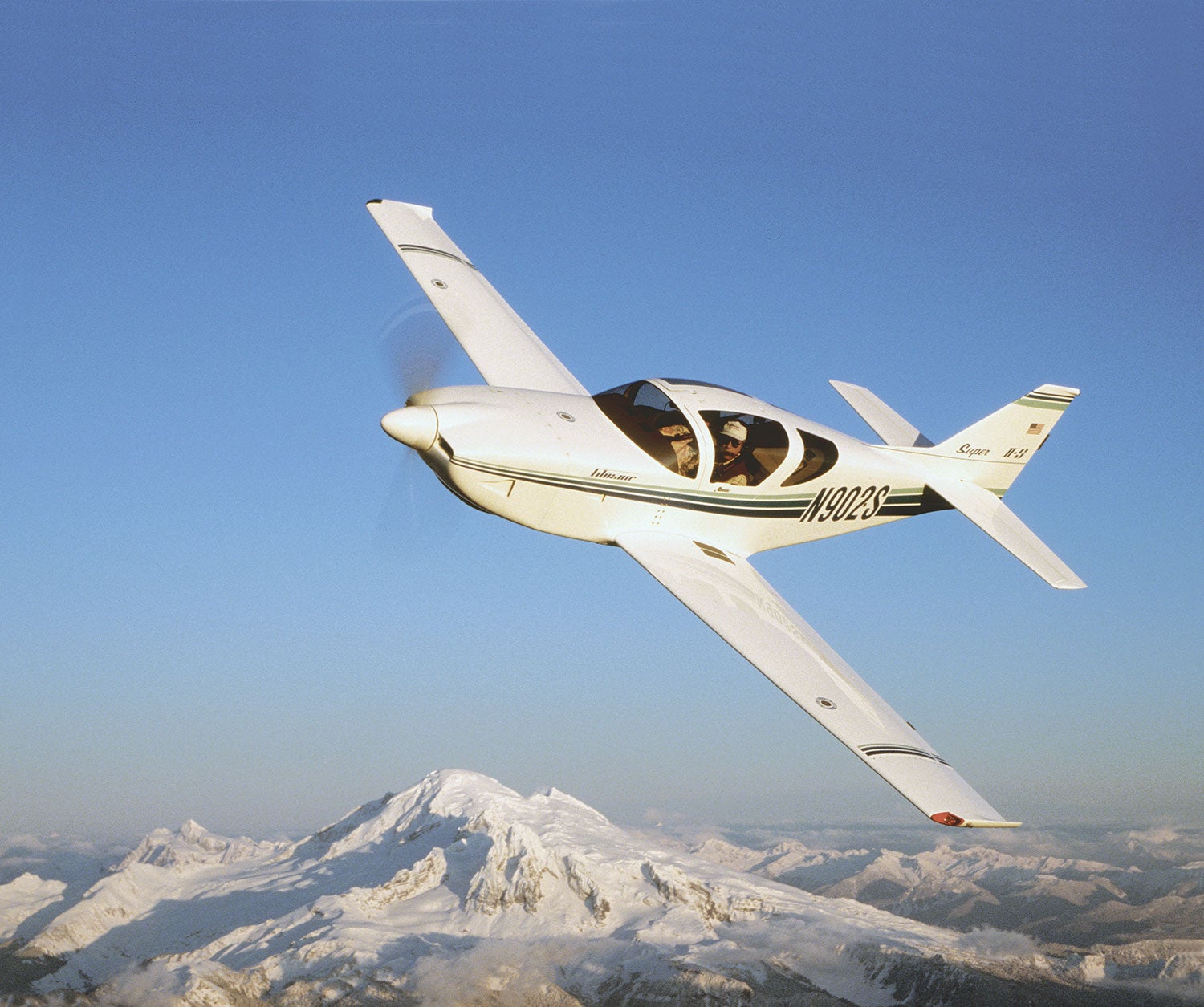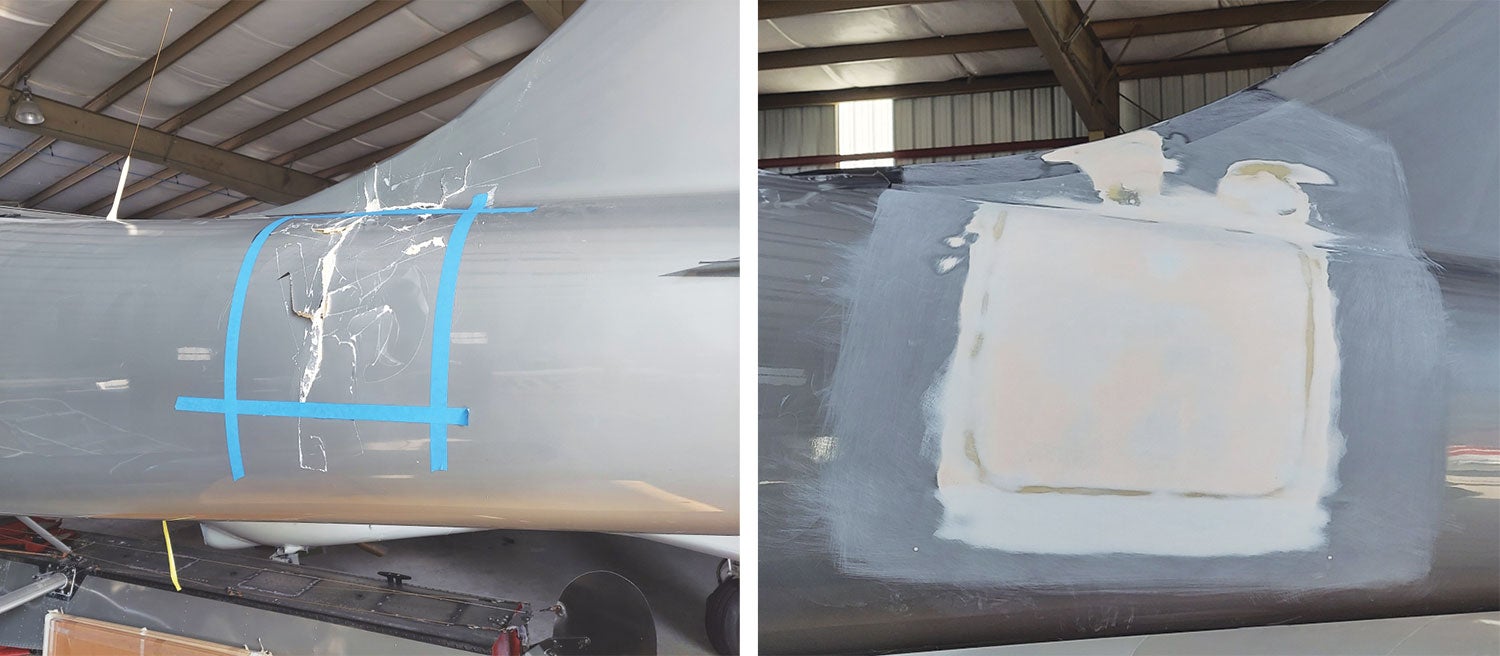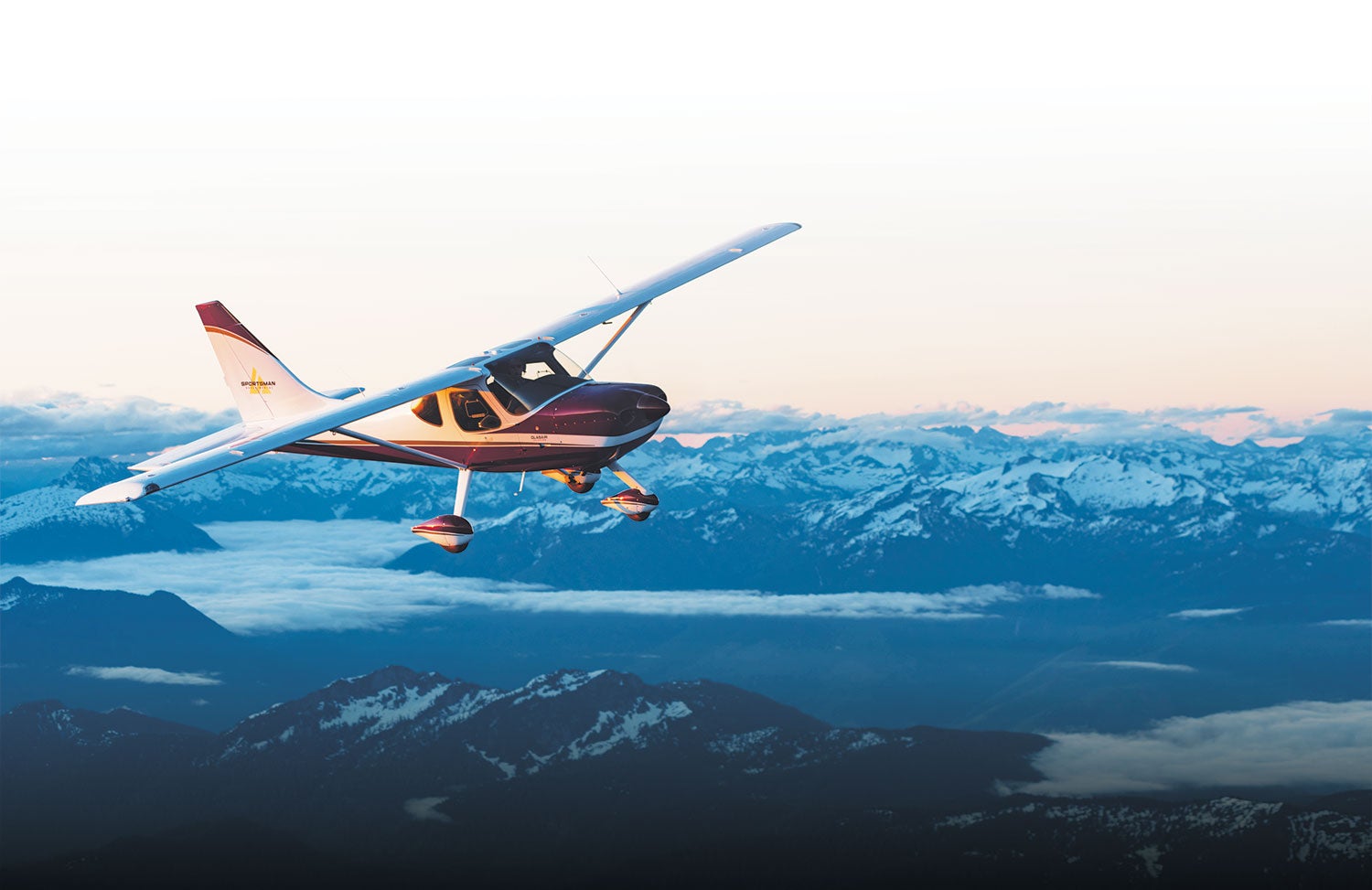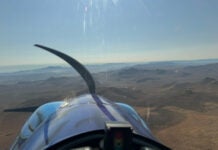
You might have heard that Glasair Aviation has decided to move manufacturing for the Sportsman to China. I’m not really interested in the “why.” My interest is how the move will affect insurability of the aircraft.
First, a little background. My insurance agency provides coverage to a large number of Experimental aircraft owners. We use several different underwriters. Not all aviation underwriters will provide insurance for Experimental aircraft.
The insurance market has changed quite a bit from previous years. Looking back, we used to be able to get coverage on unique or unusual aircraft or insure a student pilot in high-performance aircraft—but not anymore. Today, transition pilots, old pilots, old aircraft, complex aircraft and low-production aircraft are difficult to insure.
Why Do You Buy Insurance?
Buying insurance is a way to help protect your aircraft in the event of a claim/loss. You might not believe it, but insurance companies really do want to get your aircraft back in the air after a claim. The longer the aircraft waits for parts and repairs, the higher their costs go. Often the insurance company pays for storage during the repair time. If parts can’t be found or they take months or years to get, the insurance company loses more money. In those situations, they might be better off “totaling” the aircraft and selling it as salvage.
Additionally, as most of us are aware, prices in aviation have skyrocketed. New aircraft can be $500,000 or more. These new prices have led to increases in the used aircraft market. That in turn has increased the value of used parts—which, when you think about it, means the aircraft might be worth more as a parts aircraft than as a complete airplane.
What About Experimental Aircraft?
Typically, underwriters are looking for a few things before they insure an Experimental aircraft. Often it includes the number of aircraft flying, the training programs available and access to spare parts.
Depending on the situation, a low number of aircraft, parts or instructors either removes the plane from the insurable list or increases the premium. I have one-of-a-kind aircraft insured and prototypes in development covered, yet there are some planes I cannot get insurance on at all. And even if I can get insurance, sometimes the premium is very high.
Another issue is if parts aren’t available or losses are too high, it is simply cheaper for the insurance company to discontinue providing coverage on that aircraft model in general.

Back to Glasair
Years ago, Stoddard-Hamilton stopped production. At that time, we had a number of aircraft insured and more wanted coverage, but the underwriters didn’t want anything to do with a bankrupt company.
I was able to get one underwriting company to meet with the new owners at Oshkosh. They talked about parts supply, training programs and the supply chain process. Additionally, we got the underwriters in the aircraft for a flight. That meeting resulted in the company continuing to provide coverage.
Jump ahead a few years, and Glasair Aviation sold off the Glasair I, II and III models. For a while the parts were available stateside, but now the owner is in Australia. They still manufacture some replacement parts, but COVID and supply chain problems made it difficult to access replacement parts, which in turn made it difficult and more expensive to get insurance. At this time there are only a couple of underwriters that will insure the fixed-gear versions and a couple of underwriters that will insure the retractable-gear versions. But even with coverage being available, pilot requirements and premiums have continued to rise.

Now we have the Sportsman (and indirectly the GlaStar) having the factory and major supply chain move to China. So the question came up, What will the move do to insurability of these aircraft?
Well, the only way to find out is to ask the underwriters.
Their answers? Simply, “We will need to see how the support and parts supply goes.”
Basically, if they cannot get parts in a timely fashion, they will need to increase the premiums they charge or stop providing insurance for those models.
On a side note, it is important to think about the most common claims. What I see is ground loops, bad landings, prop strikes, veering off the runway, etc. So, if the parts that are needed (landing gear, engines, props, wingtips, etc.) are available in the states, there shouldn’t be any different issues than other aircraft. But if the airframe cage and fuselage sides need to be replaced, or something specific to the factory (wing spars?), that may be a problem.
Should you worry? Maybe. But really, I think it’s too soon to tell. Insurance underwriters need to get more experience settling claims in this new situation.
It is important to note that this is not the only aircraft facing this problem. There are well-known aircraft that have lost support or have hard-to-find parts (Beech 35 and Aero Commander Lark, just to name two). It doesn’t mean they are not insurable, but it does make insurance hard to get and more expensive.














I have an experimental airplane that is plans-built, not kit-built, although many parts (mostly machined metal) are made by several independent companies. It uses standard Lycoming engines. There are several hundred examples of my airplane type flying worldwide, and have been for more than 30 years. And it is completely uninsurable. The only insurance available is liability. No insurer will even issue hull not-in-motion coverage, let alone comprehensive coverage, at any price. None of the brokers I have talked to can find out why, they simply say “they decline coverage on this type of aircraft.” It does not have a worse safety history than other experimentals (quite the opposite, actually) – so the result is, all of the owners of this type of aircraft simply go without any insurance whatsoever.
The aviation insurance industry is absolutely broken.
No it’s not. It works fine for the insurance industry. My father-in-law, an attorney, used to say that the only obligation an insurance company has to its customers is to cash their premium check in a timely manner.
I haven’t thought about parts scarcity and airplane storage as a big part of the reason I can’t get insurance. But this is only a small part of the insurance equation. I just finished an orphaned kit. An Adventurer 333. When I looked for insurance I didn’t even dare to look to insure the plane. I can’t get liability, on ground engine on/off, nor hanger insurance.
Therefore I cannot rent affordable county hangars, even though they are the worst hangars available.
Scott, As a past customer, I am hoping to purchase a Jetson 1 eVTOL sometime in the next one to two years. Preferably used, from one of those multi millionaires who flies for a month and decides it is not for them. I have looked around for insurance and believe I have contacted you in the past, but no one has an insurance offer as of yet. I flew a Pivotal Helix simulator at Oshkosh 2022, similar to the Jetson 1; and loved it. So, I am certain a used Jetson 1 is for me. An insurance quote for a Jetson 1 is requested. Both the Jetson 1 and the Pivotal Helix have 3 redundant softwares that continually talk to each other for stability control. LIDAR for obstacle avoidance. And a ballistic parachute in case more than one motor or propeller fails at the same time. The Jetson 1 and Pivotal Helix are safer than any fixed wing aircraft with their standard features. I look forward to hearing from you.